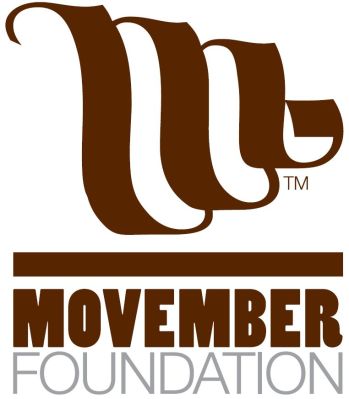“Movember is absolutely uniquely placed to smash up the rules,” said Co-founder Adam Garone, whose breakout nonprofit is on a mission to bankroll a global shift in cancer research — from isolated silos of occasional academic publishing to a realtime virtual community of experimental labs. Movember began as a silly beer-induced bet to grow a mustache for charity, and has ballooned into a worldwide social media phenomenon, where an expected 1.6 million men will raise more than $120 million this November alone, asking friends and family to donate money in exchange for watching them grow a humble lip caterpillar.
Now, as the largest prostate cancer funder in the world, Movember has built Promoveo, a sophisticated social network for collaborative research. We got an inside look at the ambitious project. Much like Facebook, the invite-only webiste has the staples of modern social networking: profile pages, chat, events, and news feeds. But, instead of an invite to do kegstands at a birthday party, there are alerts to an upcoming genomics conference; instead of goofy family photos at the ballpark, users display their current research on their profile pages.
“It’s an important new platform,” says Prostate Cancer Foundation President (and Movember recipient), Dr. Jonathan Simons. “It’s an e-commons for scientists to network, but to also put up useful scientific information that you wouldn’t get necessarily when you publish a research paper.”

Most importantly, Promoveo overcomes debilitating shortcomings in traditional academic research: years between research and publication; isolated researchers incentivized for getting their name in big journals; and only publishing big, positive results, rather than the failures that can be just as informative.
“There’s a lot of data that you don’t publish,” says Simons. In between articles, Promoveo discussion boards are rich threads of conversation about nuanced, ongoing research that can eliminate redundant experiments or inspire new strains of hypothesis testing.
“A lot of good science happens over a water cooler or a cup of tea.” He concludes, “short of going to lots of meetings, I wouldn’t be able to keep track of the field that way.”
Onc such note diverged Simons’ research life to the other side of the world. A Northern European team of researchers happened to be working on some upublished research around a particular gene he was studying. “I might have learned a year later once they published.”
The site also permits unique forms of collaborative research. A global sharing of cancer indicators came about out of a simple blog post: “Discussion Topic…Parallel testing and integrated analysis of multiple marker panels.” One expert commented, “just did a quick review of your list of markers vs ours and its seems that while there is some overlap, most of both our lists are unique. Interesting. A comprehensive profiling approach using these two lists in tamdem would be extremely interesting.”

The collaboration now spans three continents. “Where a lot of this research was happening in isolation in labs all over the world,” says Dr. Mark Buzza, a biomedical research who works on Movember, Promoveo, “sparked this huge consortium that would really never have come together if it wasn’t for that one particular blog.”
For the future, Promoveo will work on increasing its sophistication: adding the capacity to share MRI data and information on scarce tissue samples, as well as to build out more global collaborations.
Readers can join in the global movement as well, starting November 1. Start your own Movember page here and check out my favorite user-generated Movember video below. Let the mustache madness begin!
